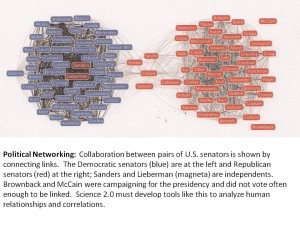Mobile Money II
Columbia Institute for Tele-Information
Columbia Business School
Uris Hall TBD
In April 2010 CITI held its first conference on “Mobile Money”, focusing on the macroeconomic aspects. Since then, developments have accelerated. Around the world, the rapid spread of mobile phones is being followed by their use as a tool for financial transactions. The cell phone serves as a bank account, debit card, and money creator. Developing countries lack effective financial infrastructure. The positive economic impact of the mobile telecommunications infrastructure has been demonstrated, as has been the ability of microfinance to stimulate economic activity. Now a hybrid of the technologies has begun to emerge, enabling a mobile financial system. A notable example is Kenya where the M-PESA system (‘m-money’ in Swahili) has transferred in its short history over $5.4 billion by 12 million customers. This conference addresses some of the following issues:
- What are the economics of mobile money?
- What policy issues does it raise?
- Is m-money a threat to the traditional banking system?
- How might it be regulated?
- Security issues
- Consumer protection perspectives
- Investor perspectives
- Indicators for demand
- M-money and m-health
- What are consumer and privacy protection issues?
- Who will control the system—banks or telecom operators?
- What are the emerging trends?
Continue reading "Event: 5 Nov 2010, New York City, Columbia Univ, Mobile Money II"







